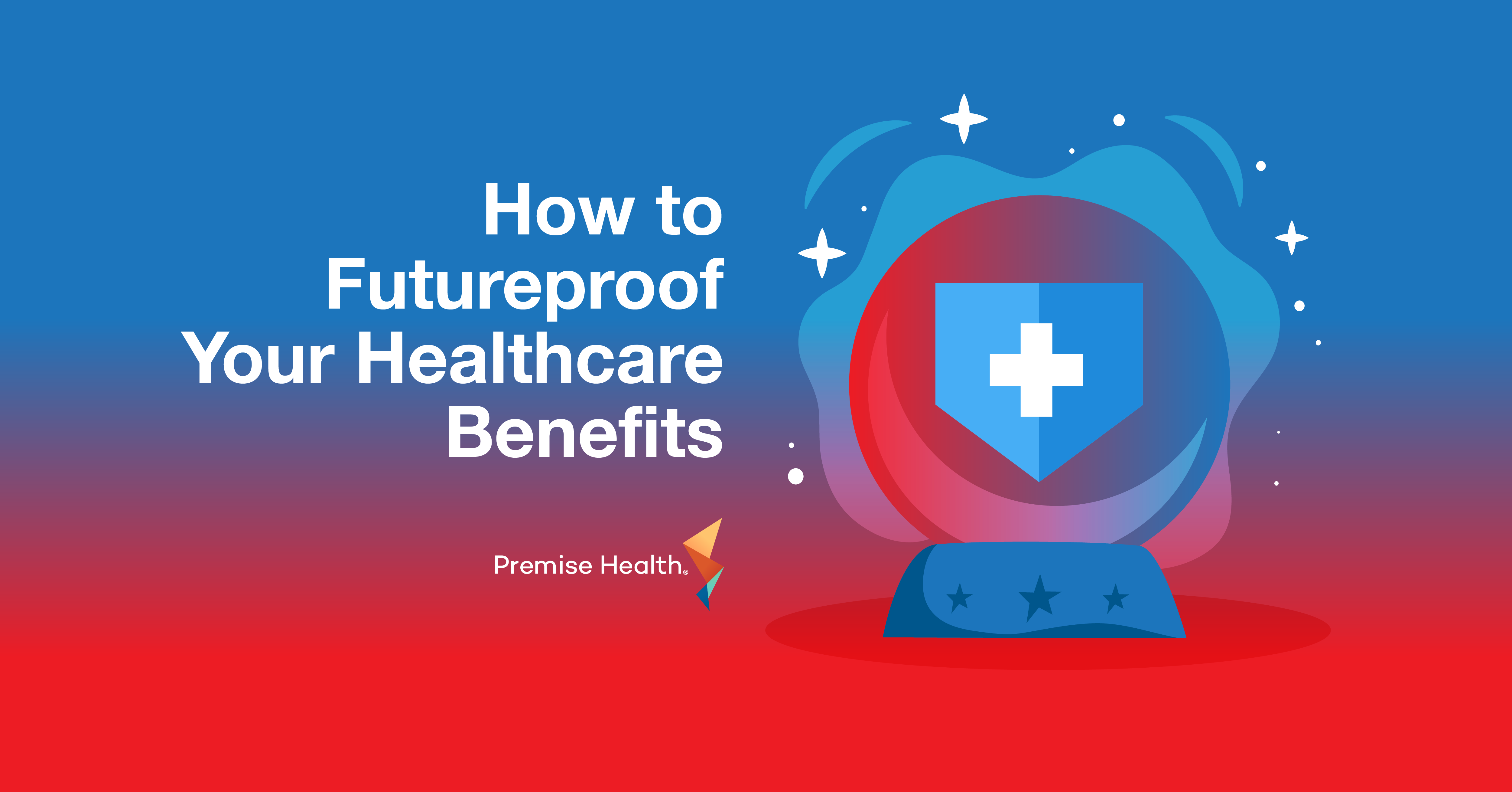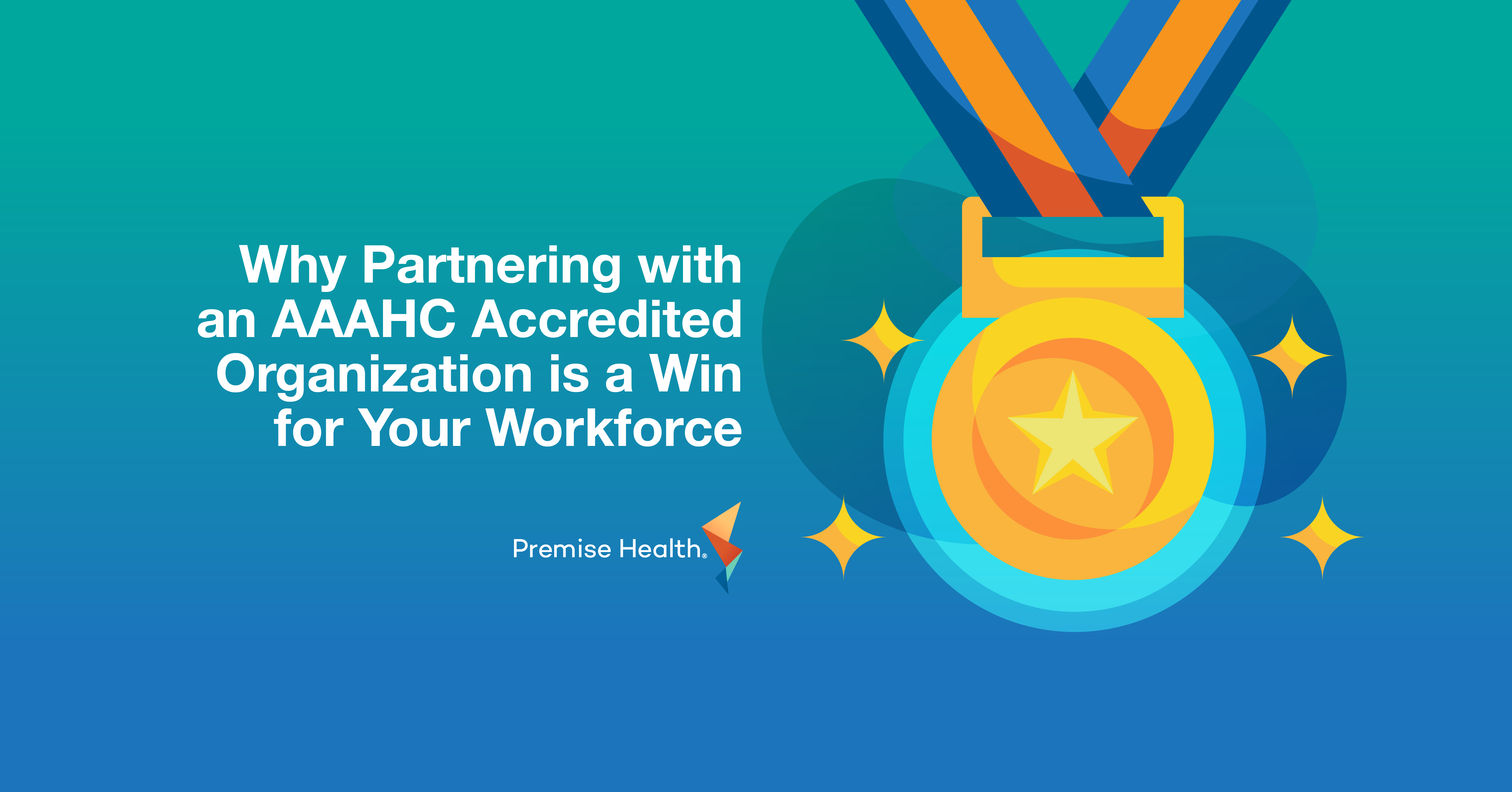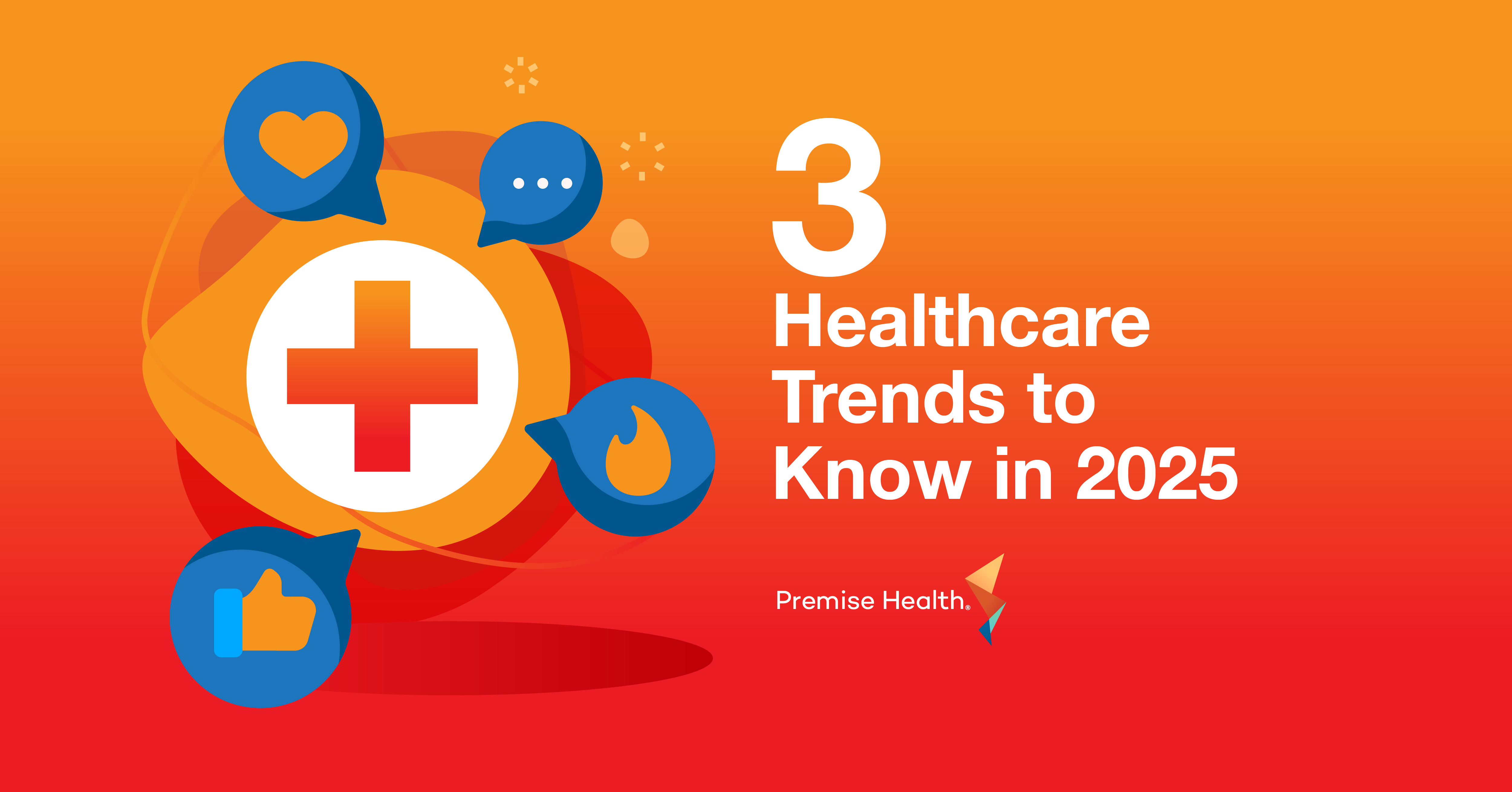How to Attract and Retain Employees During the Great Resignation
It’s no secret that companies with high employee engagement and retention are often the most successful and profitable organizations. On the flipside, organizations with higher turnover often see that impact through lower employee morale and a decreased bottom line.
A new Gallup study has found that 48% of America’s working population is actively searching for a new job or watching for opportunities. Businesses across all industries are facing incredibly high attrition rates – in May 2021 alone, 3.6 million Americans resigned. Upon further study, Gallup noticed that this was not an issue of industry, role, or pay. Instead, this new trend known as The Great Resignation, is a result of the fact that most employees are either not engaged or are actively disengaged in their organization. During this time of unrest, here are four strategies that organizations can use to retain top talent and attract qualified employees.
How to Retain Top Talent
Most employers realize that turnover is expensive. Administrative costs, recruitment expenses, screening costs, and training and orientation expenses for new hires add up quickly. But many organizations underestimate the impact of a strong company culture on employee satisfaction and retention.
How to Be Intentional in Helping Employees Connect
It’s a fact: Employees with fewer social bonds are more likely to leave an organization. One of the biggest challenges brought on by the COVID-19 pandemic has been the loss of workplace social connections because of full-time remote or hybrid work environments. A recent study from Microsoft showed that communication amongst employee teams has drastically decreased over the course of the pandemic. This communication is critical to spurring innovation, creativity, and productivity.
By understanding the value in helping employees connect with each other through town halls, happy hours, events, and other social activities, employers can build stronger and more committed workforces. Especially at this time of disconnect, organizations must continue to emphasize building connections with teammates and strengthening company culture.
How To Show Employees You Care About Their Health
Caring for people is good business. To retain top talent during the Great Resignation, organizations must continually strive to offer their populations meaningful benefits that are tailored to their health needs. Companies are increasingly adopting the direct primary care model of employee healthcare to improve access and increase quality of care for their people. Especially for organizations with remote or hybrid workforces, direct primary care offers in-person and digital health access points to meet employees wherever they are.
The lower cost of the direct primary care model also allows organizations to expand their benefits package and offer perks they wouldn’t otherwise be able to. Whether that is behavioral health services, women’s health, or a focus on social determinants of health, step outside the box to tailor your offerings to the specific needs of your population. Additionally, don’t forget the importance of communicating your employee benefits. Even outside of annual enrollment season, ensure your workforce knows that you are committed to investing in their physical, mental, and financial wellness.
How to Attract New Employees to Your Organization
Despite the fact that millions of people are searching for new jobs, employers are still experiencing acute labor shortages. So, how can you make sure your organization stands out in the job hunt process?
How to Tailor Your Benefits to the Employees You Want to Attract
When people are resigning or looking for a new job, great benefits will make the difference in their decision. The most successful organizations tailor their benefits to the kind of talent that they want to attract. For example, in a large banking corporation where stress and competition are high, bringing healthcare onsite shows employees you care about their health and support their productivity. For manufacturers, which are often located in rural areas, connecting teams with virtual behavioral health services enhances their access to this important type of care. By partnering with a direct healthcare provider, organizations can offer benefits that give them a competitive edge.
How to Make a Good First Impression with Job Candidates
Did you know that 70% of job seekers turn down a job if their first impression of the company is sub-standard? At a time when employee burnout and stress caused by the COVID-19 pandemic are at an all-time high, show prospective employees that your company is making an investment in its people. Whether that is through more generous PTO policies, added mental health resources, or lower healthcare costs, making this strong first impression will ensure your business stands out and attracts the most qualified candidates.
Where to Start
In today’s competitive job market, it is important that organizations offer meaningful benefits and create a company culture that will attract top talent and create satisfied employees. Direct healthcare goes beyond standard benefits offerings and gives your population what matters most – convenient access to high-quality care and an exceptional experience. This makes it easy for people to prioritize their health and wellbeing. As a perk that employees and their families value, this benefit can help organizations stand out and be more competitive during the hiring process.
Ready to get started? Contact us today
Next on industry insights.

How to Futureproof Your Healthcare Benefits
Read the Blog
Why Partnering with an AAAHC Accredited Organization is a Win for Your Workforce
Read the Blog